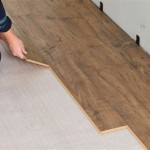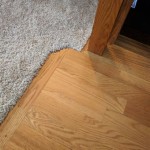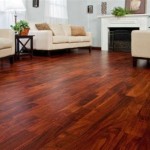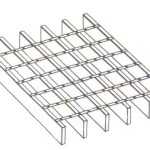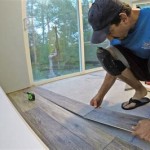Standard Thickness Of Engineered Hardwood Flooring: Considerations For Durability And Aesthetics
Engineered hardwood flooring is a popular choice for residential and commercial properties due to its durability, versatility, and aesthetic appeal. Understanding the standard thickness of engineered hardwood flooring is crucial for ensuring the longevity and performance of your flooring. This article explores the essential aspects of standard thickness in engineered hardwood flooring, providing insights to help you make informed decisions.
Common Standard Thicknesses
Engineered hardwood flooring typically comes in three standard thicknesses: 3/8 inch (9.5 mm), 1/2 inch (12.5 mm), and 5/8 inch (15.5 mm). The thickness you choose depends on factors such as subfloor conditions, foot traffic, and desired aesthetics.
Thinner planks (3/8 inch) are more flexible and easier to install, making them suitable for floating installations or uneven subfloors. They are also more cost-effective but may not withstand heavy foot traffic as well as thicker planks.
Medium-thickness planks (1/2 inch) offer a balance of durability and flexibility. They can be installed on most subfloors and are suitable for both residential and light commercial use.
Thicker planks (5/8 inch) are the most durable and provide a more substantial feel underfoot. They are ideal for high-traffic areas and commercial applications where longevity and stability are paramount.
Factors To Consider When Choosing Thickness
When selecting the thickness of your engineered hardwood flooring, consider the following factors:
- Subfloor Conditions: Thinner planks are more forgiving of subfloor imperfections, while thicker planks require a smoother, more level surface.
- Foot Traffic: Heavier foot traffic requires thicker planks for increased durability and stability.
- Installation Method: Floating installations typically use thinner planks, while nail-down installations can accommodate thicker planks.
- Desired Aesthetics: Thicker planks create a more luxurious and substantial look, while thinner planks may appear more delicate.
- Budget: Thicker planks are generally more expensive than thinner planks.
Conclusion
Understanding the standard thickness of engineered hardwood flooring is essential for creating a durable and visually appealing floor that meets your specific needs. By considering factors such as subfloor conditions, foot traffic, installation method, aesthetics, and budget, you can make an informed decision about the ideal thickness for your project. Remember, the thicker the plank, the greater its durability and stability, but also the higher its cost. Consult with a flooring professional to determine the best thickness for your unique requirements.

Engineered Wood Flooring Size Guide Bvg

Flooring Grading And Sizes

What Is Engineered Wood Flooring Made Of And Beyond Blog

Wear Layers On Engineered Flooring

How Thick Should Engineered Wood Flooring Be And Beyond Blog

4 Things To Know Before An Engineered Hardwood Floor Carlisle Wide Plank Floors

Wear Layers On Engineered Flooring

3 4 Inch Thick Engineered Baltic Birch Ply 5 8 Mm Wear Layer

Engineered Wood Flooring Thickness Flooring365

What Is The Best Thickness For Engineered Wood Flooring Hardwoods4less Com
Related Posts

